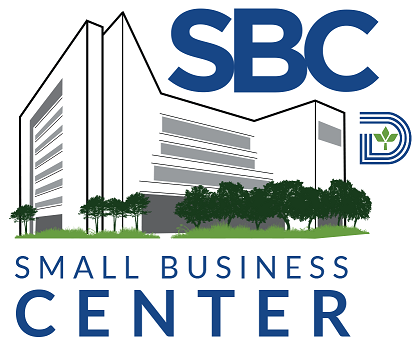
Being a small business owner and entrepreneur you likely have a positive outlook and a “can do,” attitude; a trait that has probably served you well in turning your business concept into an actual business venture. But it is critical to the success of your business to know when those rose-tinted shades of optimism are skewing your perception of reality. Even though it was a huge feat for any company to survive the recent recession here in the U.S., in order to survive these post-recession waters a business owner must be able to see an accurate picture of the state of their business. It’s ok to hope that sales will pick up next week, next month, or next quarter, but in these harsh economic times its important to remember; just as expectations were surpassed in the boom time so must you plan in a downturn. As a small business owner you need to quickly implement change with one key focus, expenses must be in line with current revenue. Here are four steps to help you quickly get expenses in line with revenue and to help you turn your business around.
1. Review Your Business Model. It’s likely that when you opened your business you did so with a certain business assumption in place that was the foundation of your business. A business assumption such as when cars are dirty, people wash them or when people are hungry at the park, they buy food. But in these post-recessionary times it is important to take a step back and make sure that your business assumption still holds true. Although it is daunting for any small business owner to think about closing down their business, it may be better to liquidate now and manage any liabilities at their current level than to let them drag on and add up over time with dwindling revenue. Take a look at current trends in the last six months to a year as opposed to historical trends in assessing your business assumption. Also do not forget your best tool in the box, your common sense, in analyzing the spending and shopping trends of your customers.

2. Back to Basics – Concentrate on Core Business. If your business assumption still holds true and you have decided to keep your doors open, then fortify your business to be a survivor. This means breaking down your business across segments and determining the profitability across each segment. For example let’s say you own a restaurant and you currently operate during the course of the day. Breakdown your revenue over the breakfast, lunch and dinner hours to see which time of the day yields you the highest revenue and profit. You may find that you need to trim your hours or possibly cut-back a segment of the day that is less productive. To take it a step further, analyze your menu and determine which plates you sell the most. The case may be that your business may have to focus more on turnover rather than margins for profit.
3. Cut Cost. Based on your business model look at how you can trim your cost to bring it in line with your current revenue. Typically this means doing a line item check of all of your business expenses. Some great places to start would be (1) analyze your credit card processing fees, (2) limit your labor cost by trimming labor hours to match current revenue, (3) try to sublet any unused space of your business property, (4) renegotiate rates with suppliers and try to have creditors write off a portion of what you owe them. A few suggestions that may be a little more difficult are (1) renegotiate your business property lease and (2) lay off employees until higher revenue levels return.
4. New Marketing Strategy. When you are observing a decline in revenue try to understand what is the trigger. In the aftermath of the recession we observed a decline in consumer discretionary spending and “value-add” or “budget-friendly” shopping became the mindset of most shoppers. If you observed a similar trend in your industry increase your marketing efforts on the low-cost items you carry; try to get the people back in the door. Also you should implement your new marketing strategy in a cheaper manner. Utilize free advertising through social media outlets and create incentives for loyal customers to refer friends to you.

It can be difficult to navigate these post-recession era waters, but these suggestions should help you turn your ship around and get you back on course. To gain more assistance with turning around your small business, please contact the Dallas Entrepreneur Network.
Content contributed by Jermaine A. Hunt, the Dallas Entrepreneur Network. The Dallas Entrepreneur Network is a proud affiliate of U.S.SourceLink, America’s largest resource network for entrepreneurs.



